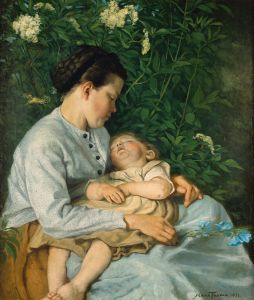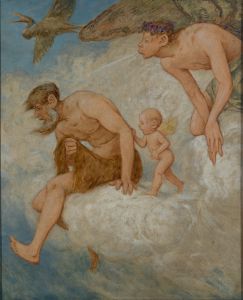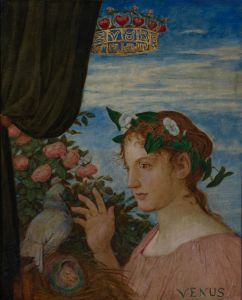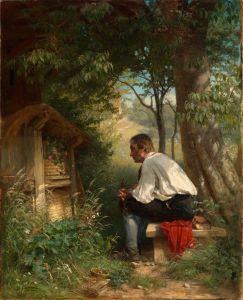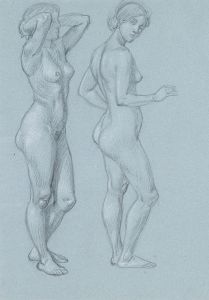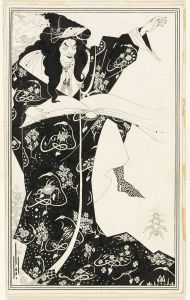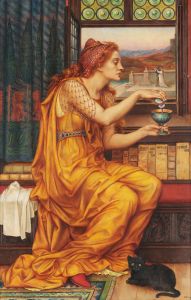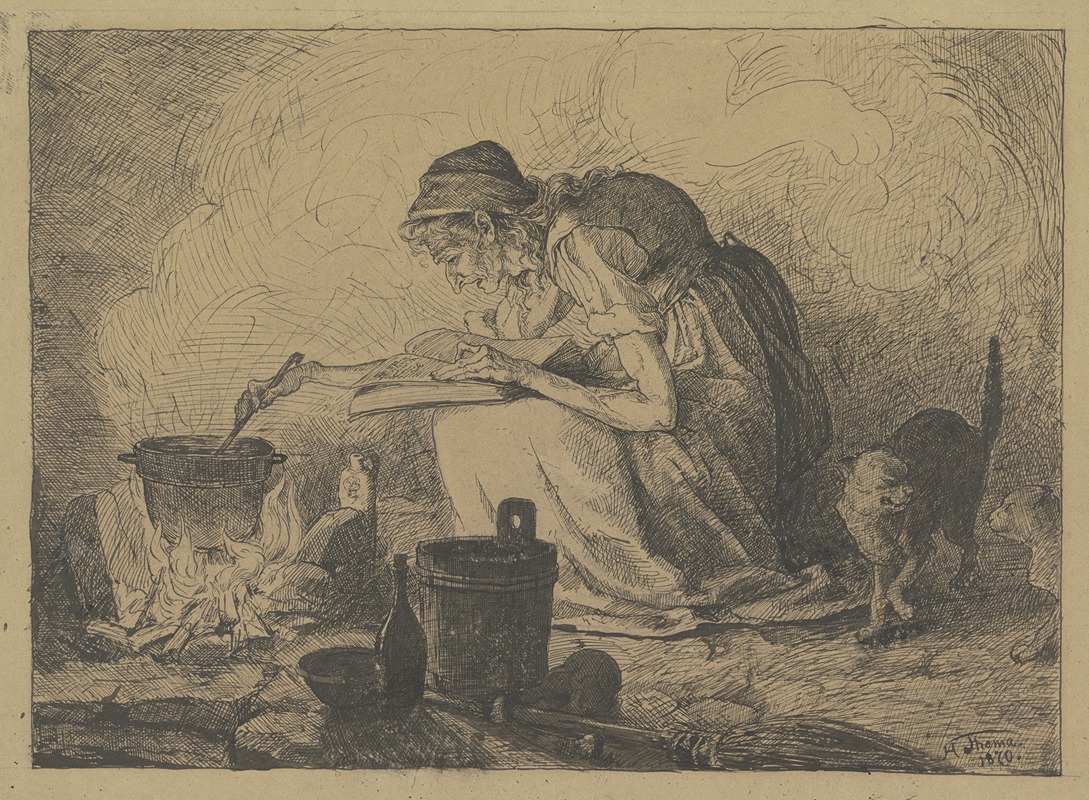
Witches’ kitchen
A hand-painted replica of Hans Thoma’s masterpiece Witches’ kitchen, meticulously crafted by professional artists to capture the true essence of the original. Each piece is created with museum-quality canvas and rare mineral pigments, carefully painted by experienced artists with delicate brushstrokes and rich, layered colors to perfectly recreate the texture of the original artwork. Unlike machine-printed reproductions, this hand-painted version brings the painting to life, infused with the artist’s emotions and skill in every stroke. Whether for personal collection or home decoration, it instantly elevates the artistic atmosphere of any space.
Hans Thoma's painting Witches’ Kitchen (Hexenküche in German) is a notable work by the German artist, who was active during the 19th and early 20th centuries. Thoma, born in 1839 in Bernau in the Black Forest region of Germany, is recognized for his contributions to the Romantic and Symbolist movements, often drawing inspiration from nature, folklore, and mythology. Witches’ Kitchen is one of his works that reflects his interest in fantastical and mystical themes.
The painting depicts a scene associated with witchcraft, a subject that has long been a part of European folklore and art. In the artwork, Thoma portrays a dark, mysterious interior where witches are engaged in their craft. The composition includes various elements traditionally linked to witchcraft, such as cauldrons, potions, and possibly magical symbols. The atmosphere of the painting is eerie and otherworldly, emphasizing the supernatural theme.
Thoma's style in Witches’ Kitchen combines detailed realism with imaginative elements, a hallmark of his broader body of work. His ability to blend the fantastical with the everyday is evident in this painting, as he creates a scene that feels both grounded and surreal. The use of light and shadow in the painting enhances its dramatic and mystical qualities, drawing the viewer into the world of the witches.
Hans Thoma was influenced by German Romanticism and the works of earlier artists such as Albrecht Dürer and the Nazarene movement. His interest in folklore and mythology is evident in many of his works, including Witches’ Kitchen. This painting reflects the 19th-century fascination with the occult and the supernatural, themes that were explored in literature, art, and theater during this period.
The exact date of the painting's creation is not widely documented, but it is consistent with Thoma's mature period, during which he produced many works exploring mythological and allegorical subjects. Today, Witches’ Kitchen is appreciated for its artistic merit and its contribution to the broader cultural interest in mystical and folkloric themes during the 19th century.
Hans Thoma passed away in 1924, leaving behind a diverse body of work that continues to be studied and admired. Witches’ Kitchen remains an example of his ability to merge technical skill with imaginative storytelling, making it a significant piece within his oeuvre.





